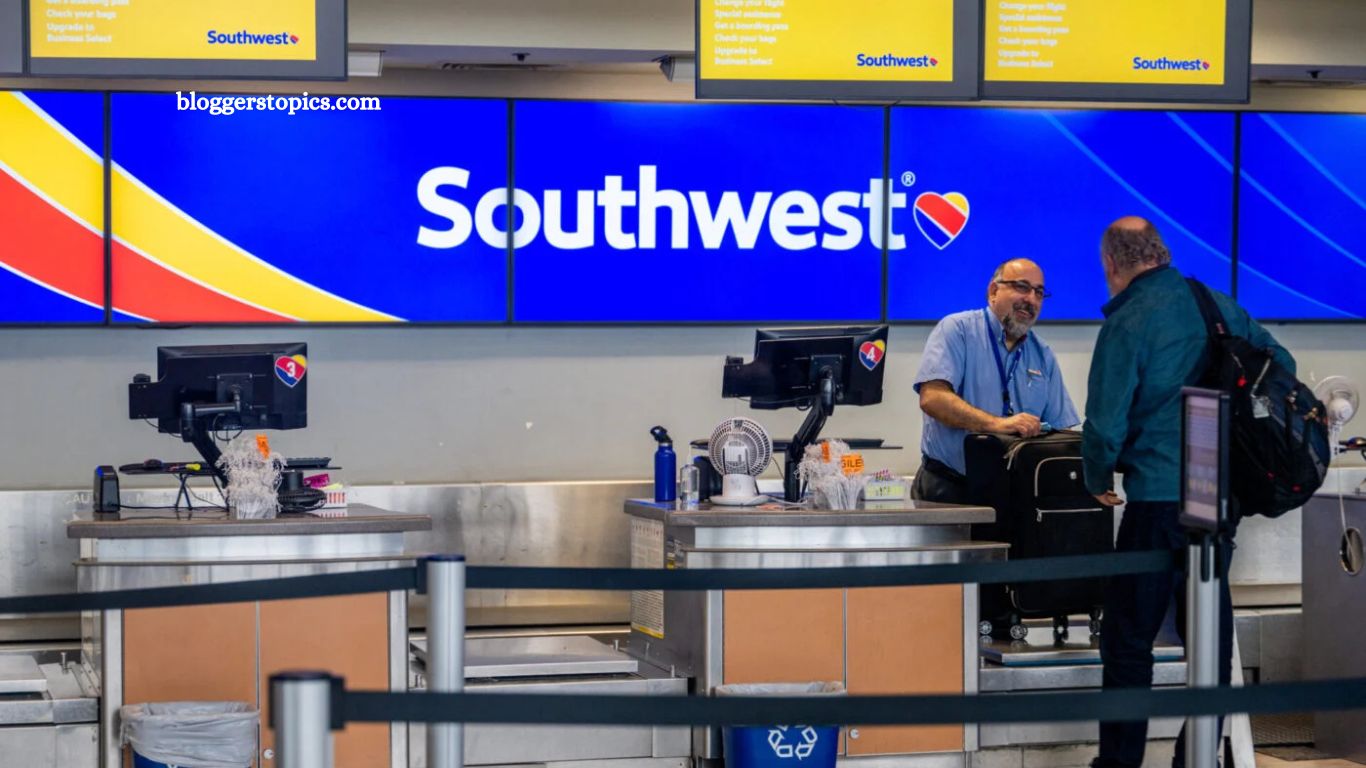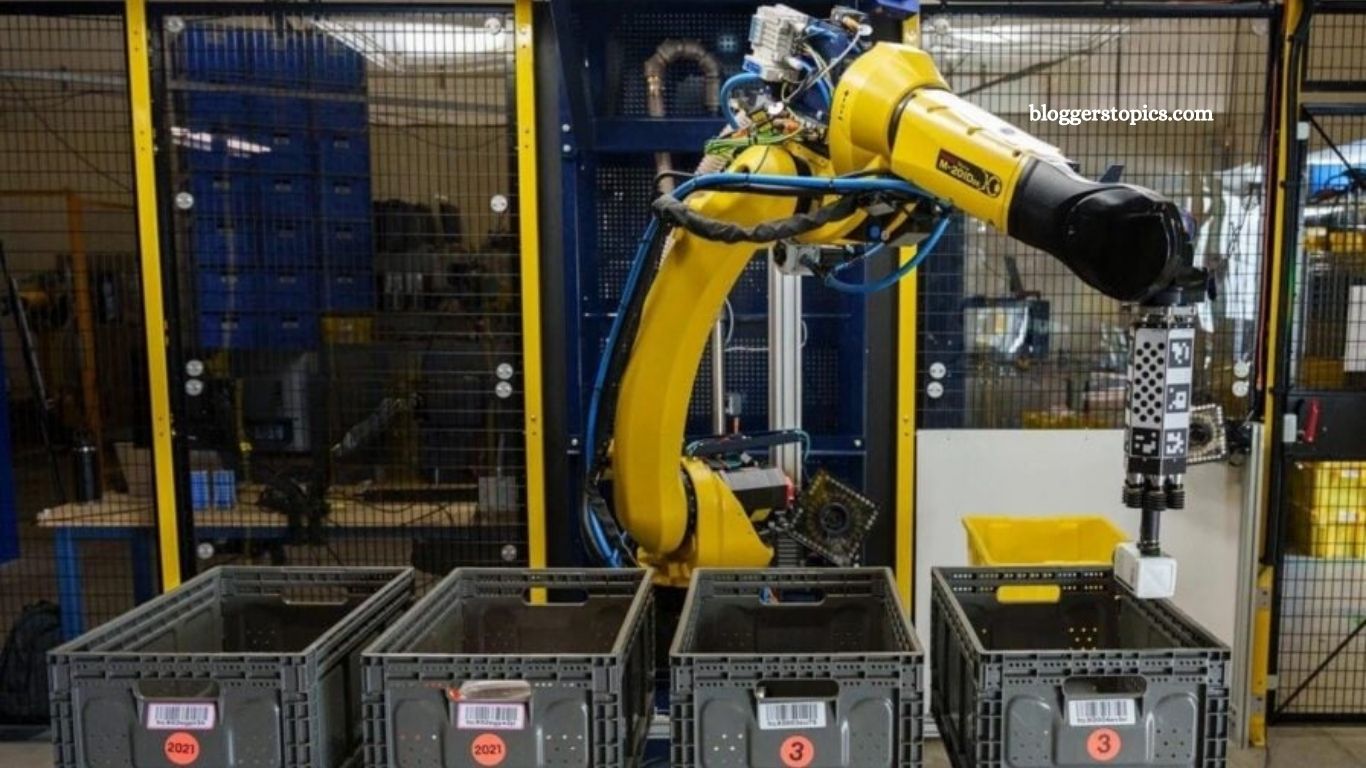Southwest Airlines has announced a new safety policy requiring passengers to keep all portable device chargers—such as power banks and phone battery cases—visible and out of bags during flights while in use. This change, effective May 28, comes amid growing concerns over lithium-ion battery fires reported on flights worldwide in recent years.
Read More: Dakota Fanning Shines in Gold Leather Suit at Chanel Event
Policy Details and Rationale
Under the new guidelines, passengers are prohibited from placing portable chargers in overhead bins or inside bags under the seat while the devices are actively charging. Southwest emphasized that “using portable charging devices while stored in a bag or overhead bin will no longer be permitted,” highlighting that passenger and crew safety remains their top priority.
Passengers may still store chargers inside carry-on bags if they are not connected or in use, but any charger connected to a device—whether a power bank or a battery case—must remain in plain sight throughout the flight.
Industry Context and Regulatory Background
The Transportation Security Administration (TSA) already bans lithium-ion batteries, both rechargeable and non-rechargeable, from checked baggage due to fire risks. Carry-on bags remain permissible for these batteries, but Southwest’s new policy takes additional precaution by requiring chargers to be visible when in use.
This move aligns with global trends. Airlines such as Singapore Airlines and Thai Airways prohibit the use of portable chargers during flights, while Korean Air bans their storage in overhead compartments altogether.
Safety Concerns and Passenger Impact
According to research by UL Standards & Engagement, the average U.S. passenger carries approximately four rechargeable devices onboard, including smartphones (82%), laptops (41%), wireless headphones (39%), and tablets (36%). Lithium battery-related incidents on flights in 2023 were most frequently linked to vaping devices (35%), followed by power banks (16%).
The Federal Aviation Administration (FAA) advises that flight crews are trained to handle lithium battery fires and urges passengers to immediately report any device that appears to be overheating, expanding, smoking, or burning.
Final Reminder
Passengers are encouraged to remain vigilant about battery safety and to promptly notify flight staff of any concerns during flights. Southwest’s new policy reflects the airline’s commitment to proactive safety measures in response to evolving risks associated with lithium-ion batteries.
Frequently Asked Questions
What is the new policy about portable chargers on Southwest flights?
Effective May 28, Southwest Airlines will require all portable chargers (including power banks and battery phone cases) to be kept out of bags and visible during the entire flight if they are in use.
Why is this policy being implemented?
The policy is a response to increased safety concerns surrounding lithium-ion battery fires on flights. Keeping charging devices in plain view helps flight crews identify and respond quickly to any signs of overheating or malfunction.
Can I bring my portable charger in my carry-on?
Yes. Chargers not in use can still be stored inside your carry-on bag. The new rule only applies when the charger is actively powering a device during the flight.
Can I use my power bank if I leave it inside my bag?
No. Charging devices must not be used while inside a bag or overhead bin. If you need to charge a device, the charger must be taken out and kept visible at all times.
Does this apply to built-in battery phone cases?
Yes. If your phone case includes a built-in battery, it must also remain outside of bags and visible during the flight while in use.
Are there any exceptions for where I can store the device while it’s in use?
No. Whether under the seat, in a backpack, or in the overhead bin—chargers must not be stored out of sight while in use.
Conclusion
Southwest Airlines’ new policy on portable chargers is a proactive measure aimed at enhancing passenger safety in response to the growing risks associated with lithium-ion batteries. By requiring all charging devices in use to be kept visible and out of bags during flights, the airline is taking a clear stance to prevent potential fire hazards in the cabin.
Passengers are encouraged to familiarize themselves with the policy before flying and to follow crew instructions at all times. As air travel continues to evolve with new technologies, so too must safety protocols. This new rule reflects a broader industry trend toward more vigilant oversight of onboard electronics—prioritizing safety above all.





